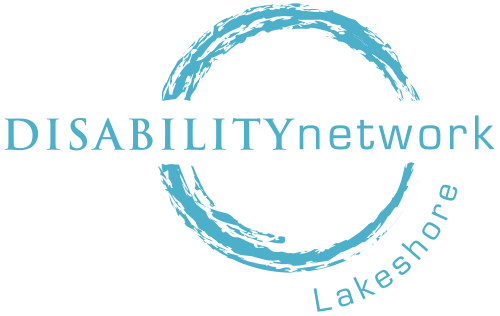Emergency Preparedness Planning with a Disability
If you are creating an emergency preparedness plan and you have a disability, you may want to put some thought into how it might be a challenge. For example, if you have kidney failure and rely on dialysis 3 or 4 times each week, what would you do if your local site were destroyed in a disaster? Are you aware of other sites where you could go? What information would you need in order for them to serve you?
Or, if you have PTSD aggravated by loud noises, how do you think you’d do at a public evacuation site? What if you’re housed in a gymnasium with a lot of other people? What if a lot of children are housed in the same room with you? How will you cope? Placed in a similar situation, many individuals with PTSD might refuse to go to a public site, taking the risk of remaining at home.
Planning for how you’ll respond when you have a disability can be challenging. If you have kidney failure, you may not know that there is a special diet you can follow to stretch out the time between dialysis sessions. Having a copy of that diet in your Go Kit could be a lifesaver!
If you have PTSD, then you may want to put a list of relaxation methods in your Go Kit. Or perhaps carry some of your medication in your Go Kit so you’ll have it if you need it. Have you considered adding some clothesline and four sheets to your Go Kit so you can block off some of the stimulating sights and sounds that may be triggers for you?
If you’d like help designing your emergency preparedness plan in light of your specific disability, please call Disability Network Lakeshore at 616-396-5326.

